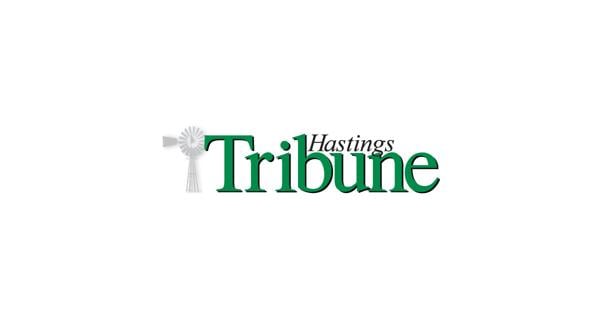The healthcare industry is facing renewed scrutiny regarding interoperability, as federal agencies ramp up enforcement against information blocking and promote frameworks aimed at enhancing data sharing. The push includes expanding the United States Core Data for Interoperability (USCDI) and increasing accountability for healthcare providers and technology developers. Amid these developments, industry leaders are introducing concepts like “conversational interoperability,” which allows clinicians to use natural language to interact with electronic health records (EHRs) and retrieve essential information quickly.
Despite the optimism surrounding these innovations, history suggests that enthusiasm often outstrips reality. Previous initiatives, from early vocabulary standards to Fast Healthcare Interoperability Resources (FHIR), have promised transformative results but consistently struggled due to a fundamental issue: the lack of clean, structured, and clinically valid data.
Challenging Data Landscape
Current trends in conversational interoperability may gain traction over the next year as AI-driven interfaces demonstrate impressive capabilities. This approach aims to ease clinician interactions with complex systems, yet it is limited by the quality of the underlying data. If the data is incomplete or unstructured, the results of natural-language queries will reflect those flaws, leading to ineffective communication and potentially detrimental patient care.
Additionally, large language models (LLMs) have their own limitations. These technologies can generate confident but inaccurate responses, a phenomenon known as “hallucination.” They also demand significant computational resources to function effectively. Without structured inputs, LLMs might exacerbate existing gaps and inaccuracies rather than bridging them. While vendor demonstrations may appear compelling, practical applications often reveal the fragility of systems built on poor data foundations.
The majority of healthcare data remains unstructured, with critical details about patient symptoms, treatments, and contexts often buried in free-text notes. When clinicians are unable to access reliable information, their understanding of patient history becomes compromised, threatening both care quality and safety. Although standards like FHIR exist to facilitate data exchange, they do not guarantee that the information being shared is clinically meaningful. At times, FHIR acts merely as a container for inconsistent or incomplete data, rather than providing a reliable basis for interoperability.
The Case for a Universal Medical Coder
Structured and clinically valid data are vital for achieving true interoperability. Without a solid data foundation, every other interoperability initiative—whether conversational, semantic, or technical—remains flawed. A promising solution to this challenge is the development of a universal medical coder. This system would translate clinical concepts into structured, standardized, and contextually accurate representations at the point of care.
Such a tool would be capable of mapping free-text inputs and unstructured documentation into consistent codes across various vocabularies, including the International Classification of Diseases (ICD), Systematized Nomenclature of Medicine Clinical Terms (SNOMED CT), and Logical Observation Identifiers Names and Codes (LOINC). While ensuring regulatory compliance and billing efficiency are important functions of a universal medical coder, its greatest value lies in establishing a robust clinical data foundation. By capturing data in real-time within clinicians’ workflows, this tool ensures that information remains accurate and interoperable across different systems.
Healthcare leaders must resist the urge to treat each new trend as a definitive solution. Although conversational interoperability is an intriguing development, it should be considered one component of a much larger framework. The persistent challenge of data integrity and fidelity must be addressed first for advanced technologies to make a meaningful impact.
The healthcare sector can certainly benefit from innovation, yet it is essential to balance this enthusiasm with a grounded approach. As impressive demonstrations capture attention, stakeholders must not overlook the foundational work necessary to develop structured, clinically valid datasets. Policymakers, vendors, and providers should collectively acknowledge that interoperability cannot be achieved solely through user interfaces or isolated standards. True interoperability occurs when every patient encounter results in usable, exchangeable, and meaningful data.
In conclusion, the healthcare industry’s renewed focus on interoperability is both critical and overdue. Regulatory measures against information blocking, the expansion of USCDI, and ongoing industry innovation are essential steps toward this goal. Nevertheless, these initiatives will fall short of their potential unless the industry prioritizes structured, clinically valid data as a foundational requirement. The rise of concepts like conversational interoperability underscores both the opportunities and risks inherent in this evolving landscape. Although such trends may enhance usability, they cannot compensate for inadequacies in data quality. A universal medical coder, consistently applied across care settings, presents a viable solution to the enduring challenge of data integrity, paving the way for genuinely interoperable, patient-centered care.







